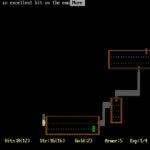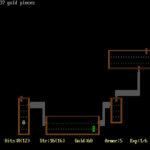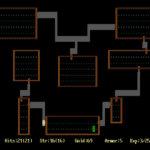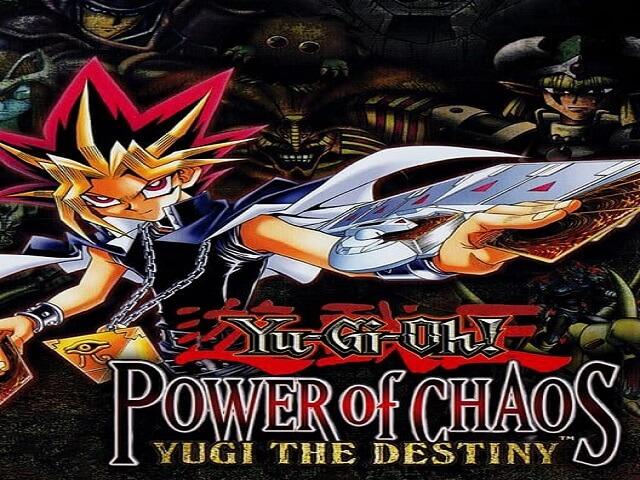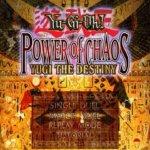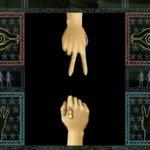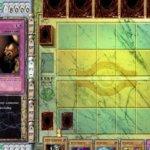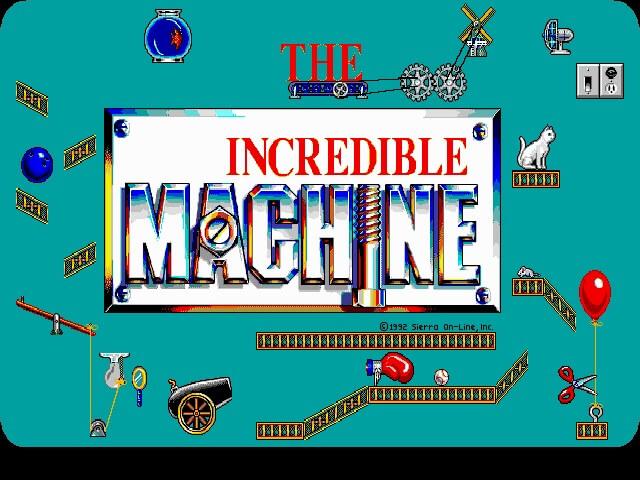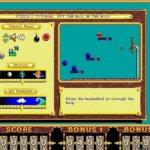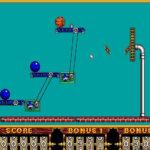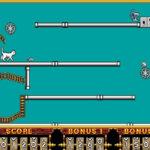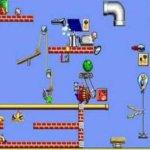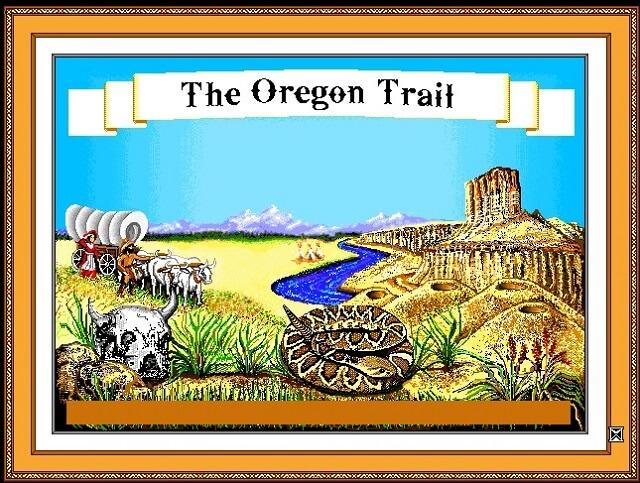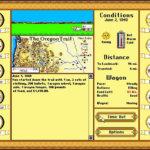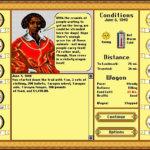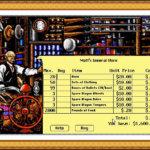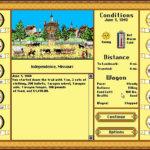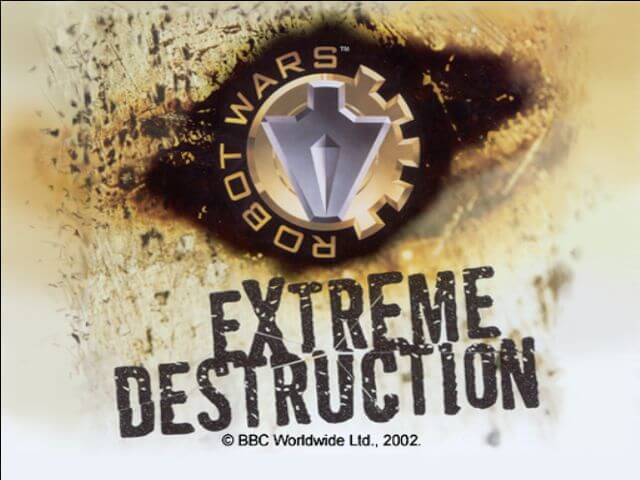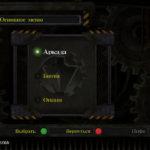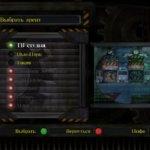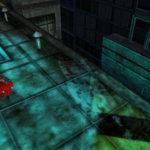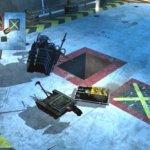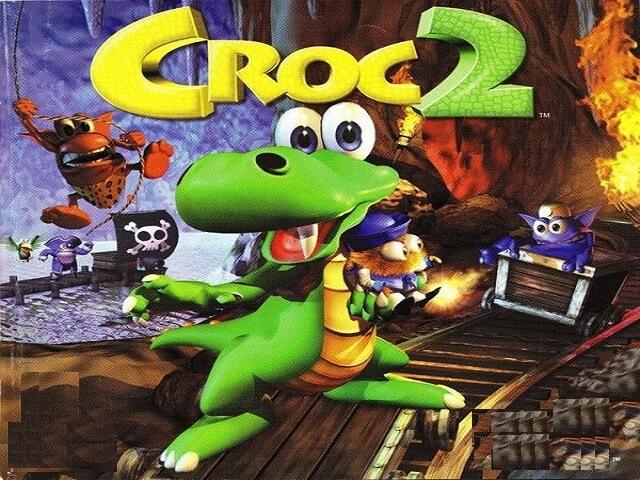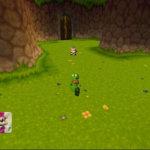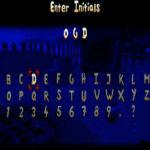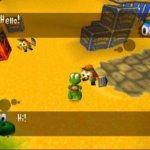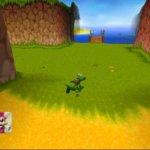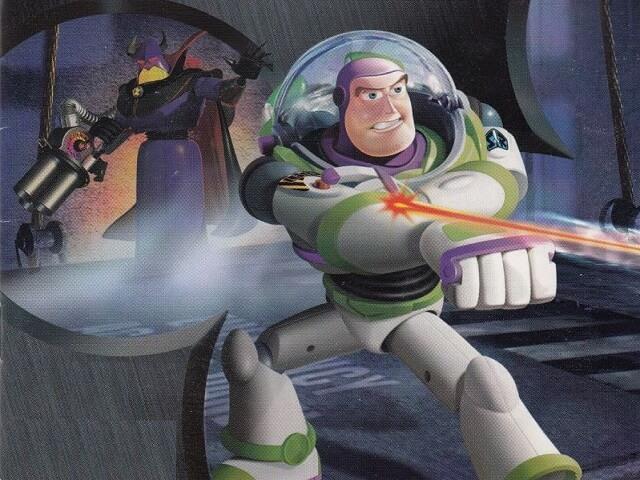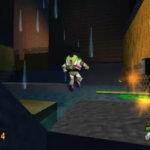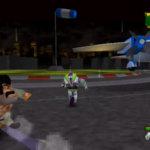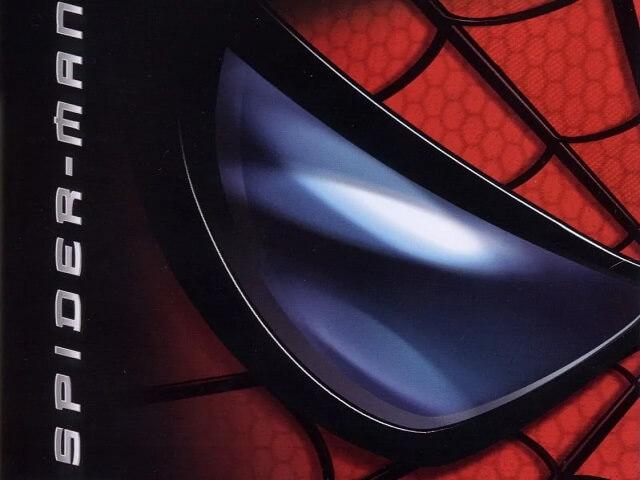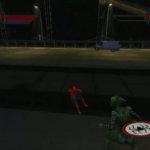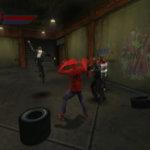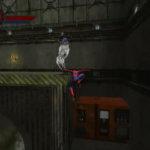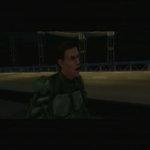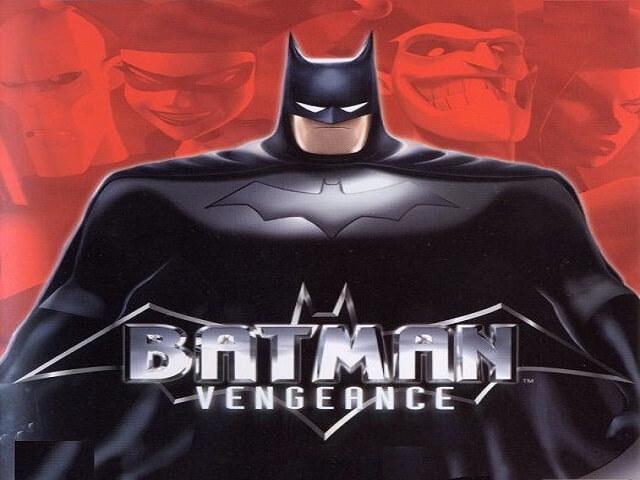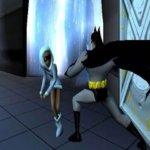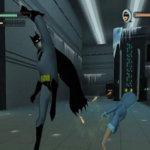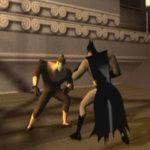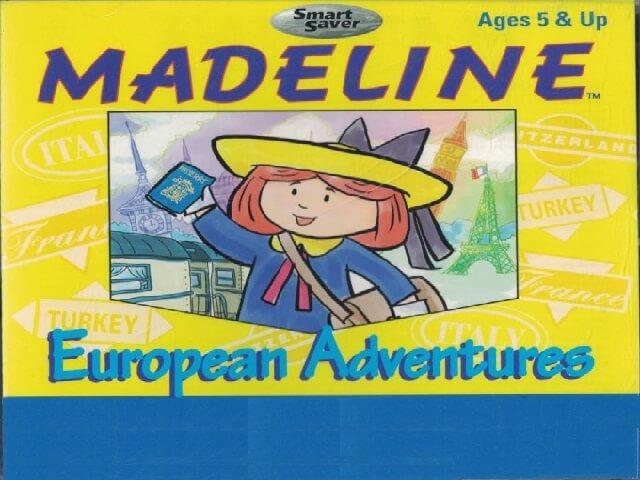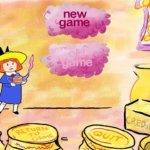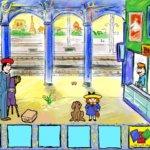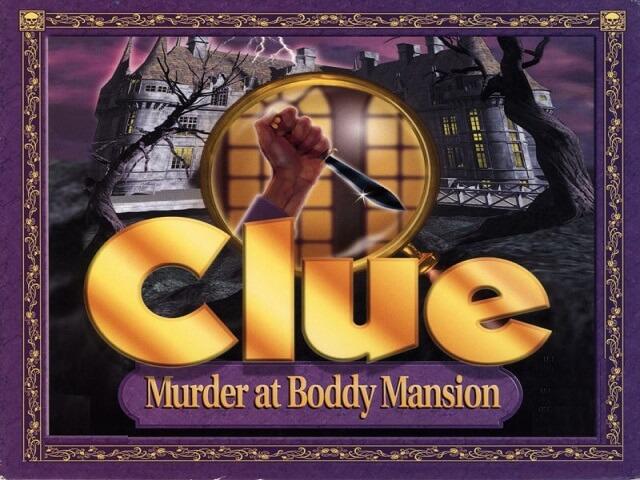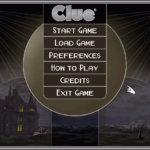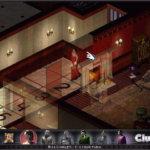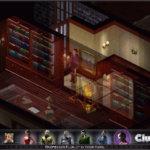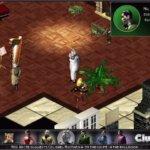Category: PC Games
-

Championship Manager: Season 97/98
Championship Manager 97/98 is a football management computer game in the Championship Manager series, based on the Championship Manager 2 game engine. It was developed by Sports Interactive and released in October 1997 as the final game in the second generation of CM games, exclusively for the PC.
Publishers Eidos Interactive Developers Sports Interactive Release date 1997 Genre Sports [title] Gameplay
The gameplay in CM97/98 remained very similar to other games based on CM2, but this installment provided far more than just a database update. It was a clear indication of Sports Interactive’s intent for the franchise’s future in two ways: the inclusion of a database editor with Championship Manager: Season 97/98 demonstrated that SI was actively encouraging users to modify and customize Championship Manager: Season 97/98, and the inclusion of nine playable leagues from across Europe was a clear indication of things to come in terms of the game’s growing depth and global scope.
The number of playable nations/league systems in CM97/98 was three times that of the previous version. It was also the first time that players could run more than one league at the same time (up to three in this edition). The English, Spanish, and Italian leagues, for example, would all be simulated, and players would be able to manage a club in any of these countries and move between them. It also allowed the user to view results and league tables in the selected leagues, which added to the realism. It was also the first time in the series that the Portuguese league system was playable. Aside from the new playable leagues, bug fixes, and updated player data, Championship Manager: Season 97/98 also gained new features. Club squads could now have 32 players (two more than in the previous version), the Champions League and UEFA Cup formats were changed to reflect their real-life counterparts, and there was more control over tactics (including set-piece taker selection), and international under-21 matches were fully simulated.
Download [title]
We might have the game available for more than one platform. Championship Manager: Season 97/98 is currently available on these platforms:
DOS (1997)
How to play on Windows
- Download and Extract Championship_Manager_97_98_DOS_Files_EN.zip
- Download and install DOSBox and put an icon for it on your desktop
- Find the file “CM2.BAT” in the “Game Files” folder and then drag it on top of the DOSBox icon
- Play Championship Manager: Season 97/98
[title] Screenshots
DOS
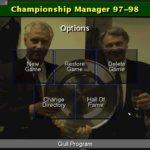

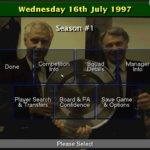

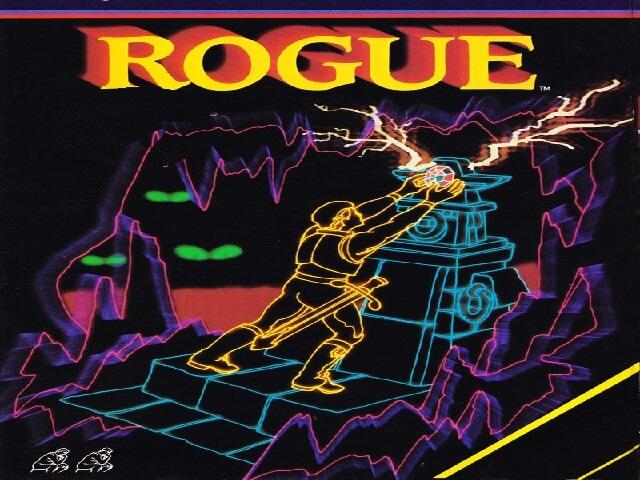
Rogue
Game Description
Rogue is a dungeon crawling video game created by Michael Toy and Glenn Wichman, with later contributions from Ken Arnold. Rogue was created in the early 1980s as a freely distributable executable for Unix-based mainframe systems. It was later incorporated into the Berkeley Software Distribution 4.2 operating system (4.2BSD). Toy, Wichman, and Jon Lane created commercial ports of the Original Rogue-like game for a variety of personal computers under the company A.I. Design, which was financially supported by Epyx software publishers. Other parties have since made additional ports to modern systems using the game’s now-open source code.
In Rogue, players control a character as they explore several levels of a dungeon in search of the Amulet of Yendor, which is located on the lowest level. The player-character must defend himself against a slew of monsters that prowl the dungeons. Players can collect treasures along the way that will help them offensively or defensively, such as weapons, armor, potions, scrolls, and other magical items. A rogue-like game is a turn-based game that takes place on a square grid represented in ASCII or another fixed character set, giving players enough time to figure out the best way to survive. The original Rogue like game uses permadeath as a design choice to make each action by the player meaningful — if a player-character loses all of his health through combat or other means, that player-character is simply dead. Because the dead character cannot respawn or be brought back by reloading from a saved state, the player must restart with a new character. Furthermore, no game is the same as any other because the dungeon levels, monster encounters, and treasures are generated procedurally for each playthrough.
Rogue 1980 was inspired by text-based computer games like the 1971 Star Trek game and the 1976 Colossal Cave Adventure, as well as the high fantasy setting from Dungeons & Dragons. Toy and Wichman, both students at the University of California, Santa Cruz, collaborated to create their own text-based game, but they wanted to incorporate procedural generation elements to create a unique experience each time the user played Rogue 1980. Toy later worked at the University of California, Berkeley, where he met Arnold, the lead developer of the curses programming library, on which Rogue video game relied to simulate a graphical display. Arnold assisted Toy in optimizing the code and adding new features to the Rogue video game. When Toy met Lane while working for the Olivetti company, he was inspired to create commercial ports, and he enlisted the help of Wichman once more to help with designing graphics and various ports.
Original Rogue video game gained popularity among college students and other computer-savvy users in the 1980s, thanks in part to its inclusion in 4.2BSD. It inspired programmers to create a number of similar titles, including Hack (1982) and Moria (1983), though because Toy, Wichman, and Arnold had not released the source code at the time, these new games introduced new variations on top of Rogue water. These titles spawned a long line of games. While roger Craig smith games were not the first dungeon-crawling game with procedural generation features, it was the first to introduce the subgenre of roguelike RPG procedurally generated dungeon crawlers with Dungeons-and-Dragons-like items (armor, weapons, potions, and magic scrolls) that also had permadeath (permanent death) and an overhead graphical view — albeit via ASCII drawings, rather than text descriptions in natural language
| Publishers | Epyx |
| Developers | A.I. Design |
| Release date | 1980 |
| Genre | Role-playing |
Download [title]
We might have Rogue game available for more than one platform. Rogue game is currently available on these platforms:
DOS (1984)
Text instructions (how to play on Windows)
- Download the DOS emulator, DOSBox, and put a shortcut for DOSBox onto your desktop.
- Download and extract Rogue_DOS_RIP_EN.zip
- Open the extracted Rogue folder and then open the “Game Files” folder.
- Drag the file called “ROGUE.EXE” on top of the DOSBox icon and Rogue should now launch in DOSBox.
- Enjoy Rogue game!
[title] Screenshots
DOS
